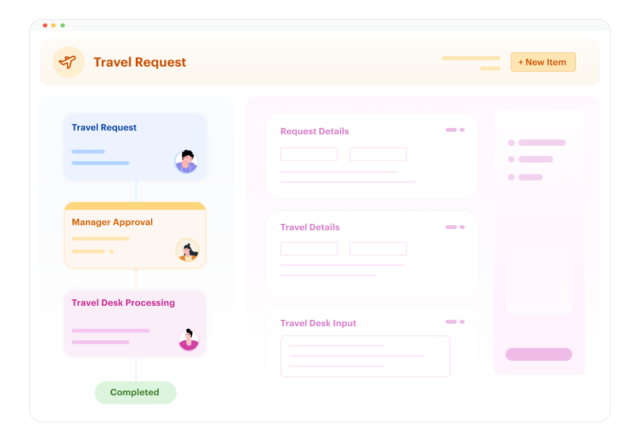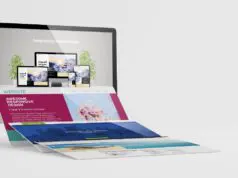
Corporate travel managers must possess stellar organizational skills. Then, having a passion for negotiating rates, working with team members, and communicating makes the job more enjoyable.
Savvy corporate travel managers own the department and have the confidence to establish processes that solve ongoing issues.
For example, corporate travel managers should anticipate that travelers will make requests. Organizations must keep travelers safe while on the road by providing reasonable accommodations.
Some companies can provide the best, and others must adhere to their budgets. But sometimes travelers make requests for various reasons, such as wanting to enjoy bleisure or staying at different hotels.
One way to keep travel requests organized is to develop an internal procedure.
What Is an Internal Procedure for Travel Requests?

An internal procedure for travel requests can take several forms. It helps corporate travel managers read all submissions and approve or deny them easily.
Managers can establish a drop box, spreadsheet system, or software platform that receives the requests and organizes them as desired.
Proactive team members will research and gather the necessary information. Then, travelers might email it to their manager or drop the information on the desk.
The issue becomes that managers might miss the information and not approve or deny it by the travel dates.
Let’s look at how corporate travel managers can create an internal procedure for travel requests.
Outline Goals
Managers should know what it will solve when creating an internal procedure.
For example, managers whose email inboxes remain flooded daily probably miss travel requests. Therefore, the internal procedure can solve it.
Next, the system can ensure that managers promptly approve or deny the requests, allowing travelers to adjust their expectations or start making arrangements.
Develop a Travel Request Form

After establishing goals, develop a travel request form. Managers must ensure that the document addresses the issues they face.
For example, team members might send requests with time to spare.
However, they need to remember to list the costs. Therefore, the form will feature boxes where team members can record the financial information associated with their petitions.
Other elements to include in the form are:
- Name
- Travel dates
- Estimated costs broken down by item
- Travel requirements, such as visas
- Comments from the traveler
Then, managers benefit from customizing the form to fit their organization’s travel needs and habits.
Incorporate Feedback
While creating a new internal procedure, solicit feedback from travelers. Then, think back to feedback previously provided by team members.
Corporate travel managers can’t satisfy every appeal. However, managers can establish systems that adhere to company budgets, processes, and traveler safety.
Some traveler feedback has merit. For example, booking travel nurse housing has different requirements than overnight trips.
Therefore, give it the attention that it deserves.
Establish a Centralized System
After developing a travel request form, establish a centralized system for receiving petitions.
Companies that enjoy using technology can incorporate an online system that receives the requests, notifies the travel manager, and allows them to approve or deny the petitions.
Corporate travel managers can find a few customized software options on the market. It helps them book trips, find the best prices, and keep track of travel.
In addition, the software helps them compile reports and follow up on travel requests.
Release a Trial Run

Ideally, the first draft of the new travel request form and the process will work without major issues. Nonetheless, release a trial run.
Set a timeframe for the trial run and take notes of hitches that occur. In addition, take note of feedback and trends.
A question on the form might have needed more clarity than initially intended. Therefore, team members might not fill it out correctly.
Codify the Process
The last step is to codify the new process as a standard procedure. Update the company travel policy with the new system and alert team members.
Ask team members to read it and sign off that they understand it. Then, encourage travelers to ask questions for clarification.
Conclusion
Creating a new procedure for travel requests should help solve any issues that corporate travel managers face. Design it to tackle repetitive concerns. Then, roll it out on a central platform that makes it easy for team members to use.













